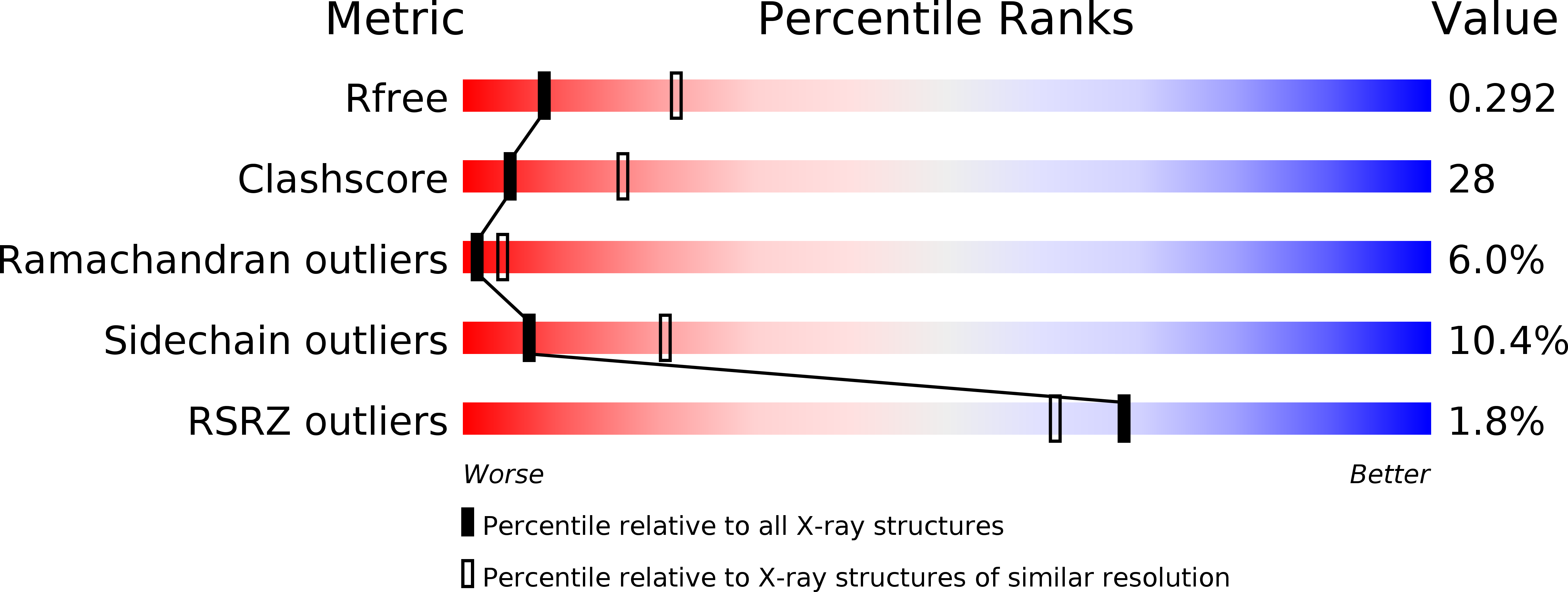
Deposition Date
2006-03-15
Release Date
2006-06-13
Last Version Date
2024-10-30
Entry Detail
PDB ID:
2GD5
Keywords:
Title:
Structural basis for budding by the ESCRTIII factor CHMP3
Biological Source:
Source Organism:
Homo sapiens (Taxon ID: 9606)
Host Organism:
Method Details:
Experimental Method:
Resolution:
2.80 Å
R-Value Free:
0.30
R-Value Work:
0.25
R-Value Observed:
0.26
Space Group:
P 1


